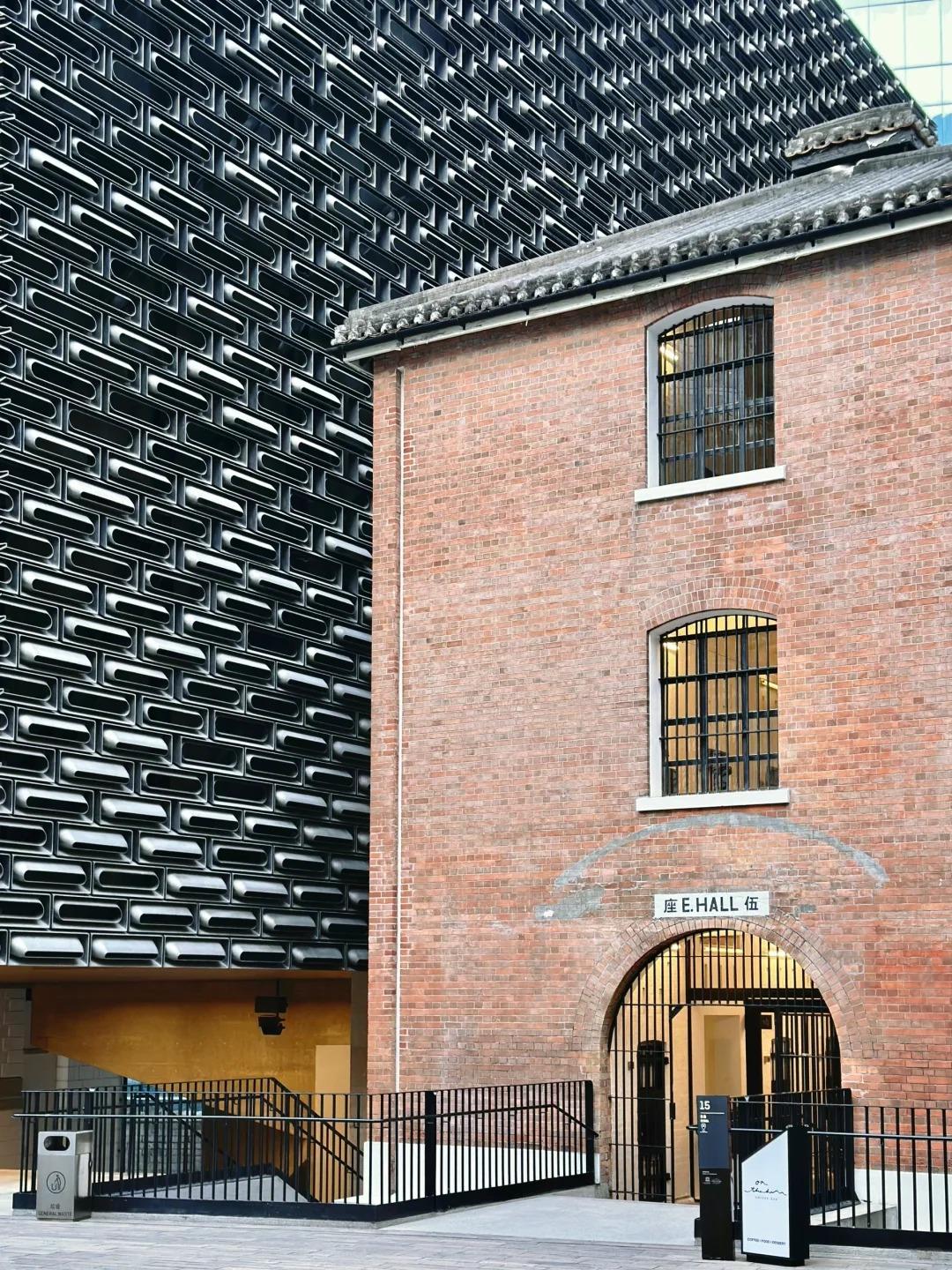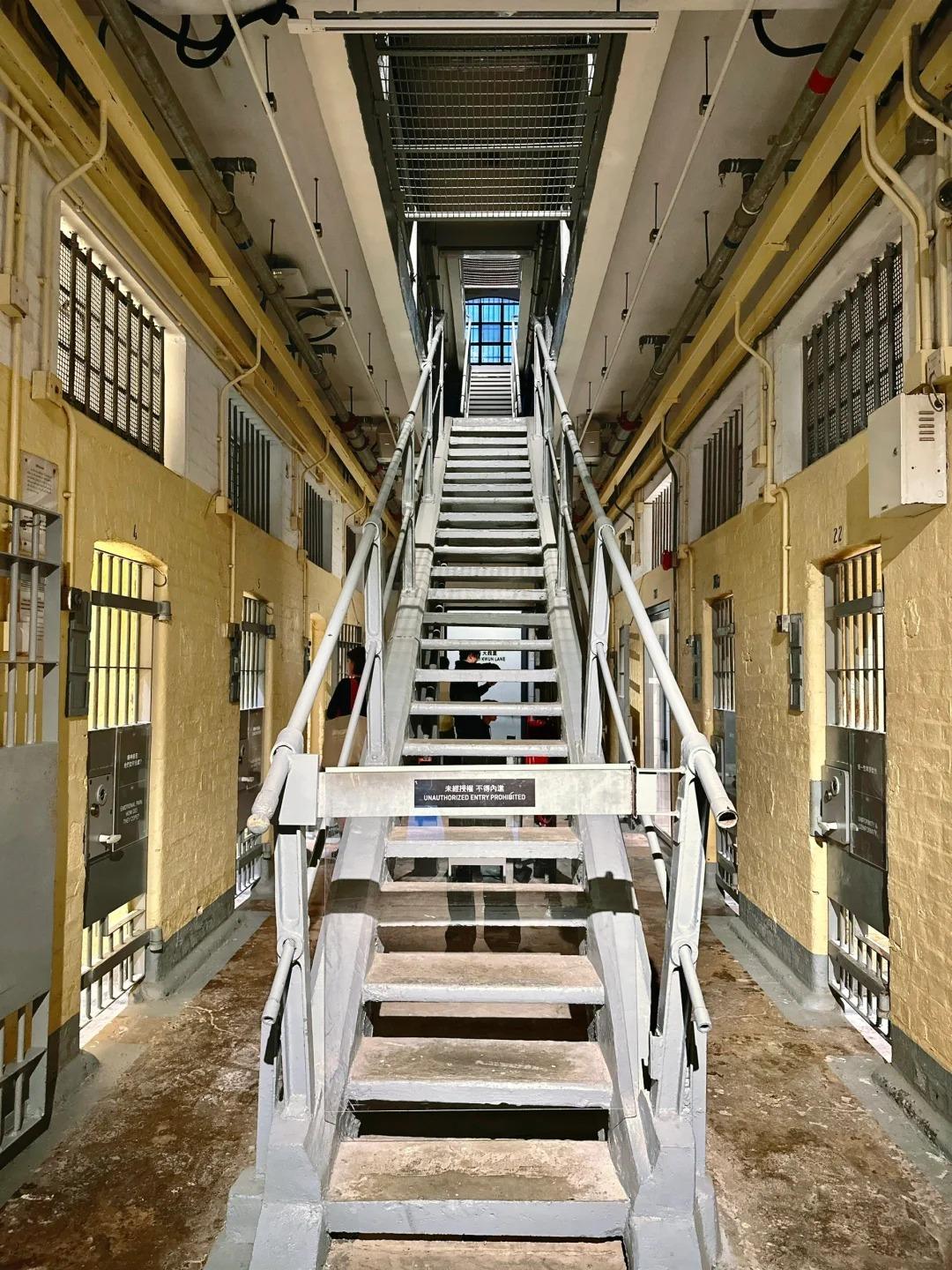Visiting Information
| Information | Details |
|---|---|
| Chinese Name | 大馆 (Dà Guǎn) |
| Location and Address | 10 Hollywood Road, Central, Hong Kong |
| Opening Time/Hours | Monday to Sunday: 10:00 AM – 11:00 PM |
| Entrance Fee | Free (Some exhibitions may require tickets) |
| How to Get There | By Metro: Central MTR Station, Exit D1 or D2, then 10-minute walk By Bus: Various routes stop nearby, including 26, 40, 40M By Taxi: Easy to reach from anywhere in Hong Kong Island |
| Best Time for Visit | Weekday mornings for fewer crowds, or evenings for a vibrant atmosphere |
| Contact Info | Phone: +852 3559 2600 Email: [email protected] |
Overview
Tai Kwun, meaning “big station” in Cantonese, is a center for heritage and arts located in the heart of Hong Kong’s Central district. Occupying the site of the former Central Police Station compound, which includes the former Central Police Station, Central Magistracy, and Victoria Prison, Tai Kwun has been revitalized into a vibrant cultural destination. It combines meticulous heritage conservation with contemporary art and lifestyle experiences, offering a unique blend of history, culture, and leisure to visitors.
Historical Background
The Tai Kwun complex has a rich history dating back to the mid-19th century. The Central Police Station was established in 1864, followed by the construction of Victoria Prison in 1841 and the Central Magistracy in 1914. These buildings served as the law enforcement hub of Hong Kong for over 150 years. In 2006, the Hong Kong government partnered with the Hong Kong Jockey Club to conserve and revitalize the compound. After a decade of meticulous restoration and revitalization work, Tai Kwun opened to the public in 2018, transforming the historic site into a center for heritage and arts while preserving its architectural and historical significance.

Architectural Features
- Restored Heritage Buildings: Tai Kwun features 16 meticulously restored heritage buildings, each showcasing different architectural styles from the mid-19th to the mid-20th centuries. These include the imposing Central Police Station, the neoclassical Central Magistracy, and the austere Victoria Prison.
- JC Contemporary: This striking modern building, designed by Herzog & de Meuron, houses a contemporary art gallery. Its distinctive facade, featuring a unique lattice of aluminum tiles, contrasts yet complements the surrounding historic structures.
- JC Cube: Another modern addition, the JC Cube is an auditorium space designed for various performances and events. Its contemporary design creates an interesting juxtaposition with the historic buildings.
- Prison Yard: The former Prison Yard has been transformed into an open public space, retaining its original walls and watchtowers. This area now serves as a venue for outdoor events and exhibitions.
- Parade Ground: Once used for police drills and ceremonies, the Parade Ground is now a central open space that hosts various public events and performances.
Cultural Importance
Tai Kwun holds immense cultural importance for Hong Kong. It stands as a testament to the city’s commitment to preserving its heritage while embracing modernity. The site offers a tangible link to Hong Kong’s colonial past and its journey towards becoming a global city. As a center for heritage and arts, Tai Kwun plays a crucial role in promoting cultural education and artistic expression. It provides a platform for local and international artists to showcase their work, fostering cultural exchange and creativity. The adaptive reuse of the historic buildings demonstrates innovative approaches to urban renewal and heritage conservation, serving as a model for similar projects worldwide. Moreover, Tai Kwun’s programs and exhibitions contribute significantly to Hong Kong’s cultural landscape, enriching the city’s artistic offerings and attracting both locals and tourists alike.
Surrounding Attractions
- PMQ: Located a short walk from Tai Kwun, PMQ (Police Married Quarters) is another revitalized heritage site turned creative hub. It houses design studios, shops, and exhibitions, showcasing Hong Kong’s vibrant creative scene.
- Man Mo Temple: This historic Taoist temple, dedicated to the gods of literature and war, is just a few minutes’ walk from Tai Kwun. It offers visitors a glimpse into traditional Chinese religious practices and architecture.
- Soho District: The nearby Soho area is known for its eclectic mix of international restaurants, bars, and boutique shops. It’s a perfect place to explore after visiting Tai Kwun, especially in the evening.
- Mid-Levels Escalator: The world’s longest outdoor covered escalator system is within walking distance from Tai Kwun. It offers a unique way to explore the steep streets of Central and Mid-Levels areas.

Photography Opportunities
- Heritage Architecture: The beautifully restored colonial-era buildings provide excellent subjects for architectural photography. The contrast between the old and new structures creates interesting visual compositions.
- Courtyard Views: The central Parade Ground and various courtyards offer open spaces with unique perspectives of the surrounding buildings, perfect for wide-angle shots or capturing the site’s atmosphere.
- Art Installations: Temporary art installations and exhibitions, both indoors and outdoors, provide ever-changing subjects for photography, often with thought-provoking themes.
- Night Photography: Tai Kwun is beautifully lit at night, offering opportunities for dramatic night-time photography that highlights the architectural features and creates a different ambiance.
- Street Scenes: The surrounding area, including the adjacent Hollywood Road, provides excellent opportunities for street photography, capturing the blend of old and new that characterizes Hong Kong.
Modern Importance
- Cultural Hub: Tai Kwun has become a significant cultural hub in Hong Kong, hosting a diverse range of exhibitions, performances, and events that contribute to the city’s vibrant arts scene.
- Heritage Conservation Model: The project serves as a successful model for adaptive reuse and heritage conservation, demonstrating how historical sites can be revitalized for modern use while preserving their cultural significance.
- Educational Resource: Tai Kwun offers valuable educational experiences, allowing visitors to learn about Hong Kong’s history, legal system, and cultural development through its exhibits and guided tours.
- Urban Regeneration: The revitalization of Tai Kwun has played a crucial role in the ongoing urban regeneration of Central district, enhancing the area’s appeal and contributing to its economic vitality.
- Community Space: By providing open public spaces and hosting community events, Tai Kwun serves as an important gathering place for Hong Kong residents, fostering a sense of community and shared cultural identity.

FAQ
- What is Tai Kwun famous for?
Tai Kwun is famous for being a center for heritage and arts, housed in the beautifully restored former Central Police Station compound. It’s known for its unique blend of historical architecture, contemporary art galleries, and cultural events. - What’s inside Tai Kwun?
Inside Tai Kwun, you’ll find restored heritage buildings, contemporary art galleries, performance spaces, restaurants, bars, shops, and open courtyards. It houses exhibition spaces, the JC Contemporary art gallery, and various cultural and lifestyle offerings. - Is Tai Kwun free?
Entry to Tai Kwun is free, but some special exhibitions or events may require paid tickets. It’s best to check their website or inquire on-site for specific exhibition fees. - Is Tai Kwun worth visiting?
Yes, Tai Kwun is definitely worth visiting. It offers a unique experience combining Hong Kong’s history, contemporary art, and culture in a beautifully restored heritage site. It’s a must-visit for history buffs, art enthusiasts, and anyone interested in Hong Kong’s cultural scene. - What to do in Tai Kwun?
At Tai Kwun, you can explore the heritage buildings, visit art exhibitions, attend cultural events or performances, enjoy the restaurants and bars, shop at boutique stores, or simply relax in the open courtyards. Guided tours are also available for those interested in learning more about the site’s history. - How do I get to Tai Kwun in the local city?
In Hong Kong, you can reach Tai Kwun by taking the MTR to Central Station and using Exit D1 or D2, followed by a 10-minute walk. Alternatively, numerous buses stop nearby, or you can easily reach it by taxi from anywhere on Hong Kong Island. - How to visit Tai Kwun?
To visit Tai Kwun, you can simply walk in during opening hours (10:00 AM – 11:00 PM daily). No prior booking is required for general admission, but it’s advisable to check their website for any special exhibitions or events you might be interested in, as these may require advance booking or have separate fees.






